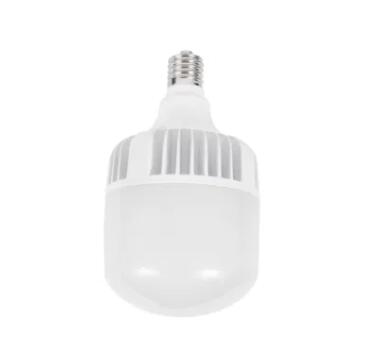Enlightening the Future: LED Bulbs and the Energy Efficiency Revolution
2023-11-28
Introduction:
In the quest for sustainable and energy-efficient lighting solutions, LED (Light Emitting Diode) bulbs have emerged as a beacon of innovation, challenging the dominance of traditional lighting technologies. This blog aims to shed light on how the energy efficiency of LED bulbs compares to other lighting technologies, exploring the key factors that make LEDs a revolutionary force in the world of illumination.
1. The Era of Inefficiency: Incandescent Bulbs:
- Traditional incandescent bulbs have been the workhorses of lighting for decades, but they come with a glaring inefficiency. These bulbs produce light by heating a filament until it glows, resulting in a significant loss of energy as heat.
2. A Shift to Efficiency: Compact Fluorescent Lamps (CFLs):
- As a response to the inefficiency of incandescents, CFLs gained popularity. While more energy-efficient, CFLs still fall short in certain areas. They contain mercury, posing environmental concerns, and their performance is affected by frequent on/off switching.
3. Halogen Bulbs: A Halting Step Toward Efficiency:
- Halogen bulbs, a variation of incandescents, introduced improvements in energy efficiency. However, they still lag behind LEDs in terms of longevity and overall efficiency.
4. The Pinnacle of Efficiency: LED Bulbs:
- Enter LED bulbs, the game-changers in the world of lighting. LEDs operate on a fundamentally different principle, utilizing semiconductors to emit light when an electrical current passes through. This results in significantly higher energy efficiency.
Comparative Analysis:
1. Lumens Per Watt:
- LED bulbs outshine their predecessors in terms of lumens per watt. They produce more visible light for the same amount of electrical power, making them highly efficient in converting energy into illumination.
2. Energy Consumption:
- LEDs lead the pack in energy efficiency, consuming substantially less energy than incandescent, halogen, and even CFL bulbs. This translates into lower electricity bills and reduced strain on energy resources.
3. Heat Generation:
- Traditional bulbs, especially incandescents, dissipate a large portion of energy as heat. LEDs, on the other hand, generate minimal heat, directing the majority of energy towards producing light. This not only contributes to efficiency but also enhances safety.
4. Longevity:
- The lifespan of LED bulbs far surpasses that of incandescent, halogen, and CFL counterparts. LED bulbs can last tens of thousands of hours, reducing the frequency of replacements and contributing to long-term energy savings.
5. Instant Illumination:
- LED bulbs illuminate instantly at full brightness, unlike CFLs that may take a moment to reach their maximum output. This instantaneous response enhances energy efficiency, especially in scenarios where immediate illumination is crucial.
Conclusion:
In the grand narrative of lighting technologies, LED bulbs stand as a testament to human ingenuity in the pursuit of energy efficiency. From surpassing incandescent inefficiency to outperforming CFLs and halogens, LEDs have ushered in a new era of illumination. As we navigate a future where sustainability is paramount, the widespread adoption of LED technology illuminates a path towards a brighter, more energy-efficient world.



